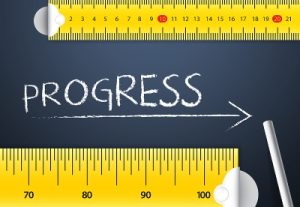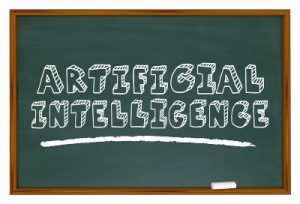
The executive order (EO) on artificial intelligence, issued in October of 2023, calls on agencies to designate a chief artificial intelligence officer (CAIO) responsible for coordinating AI use, promoting AI innovation, and handling AI-related risk management within their agency. Efforts are underway to codify this mandate, with bills introduced in the House and Senate that would turn the EO recommendation into law.
In the year since the mandate and in advance of legislated requirements, agencies have worked to not only fill but define this new CAIO role. In some instances, CAIO duties have been added to the job description for an existing executive--typically the chief data officer or chief technology officer--but in others, a stand-alone position has been created to meet the agency's AI needs. Continue reading






